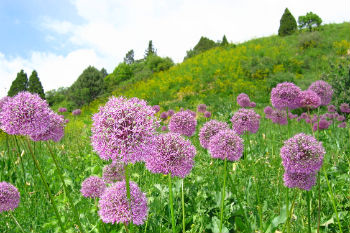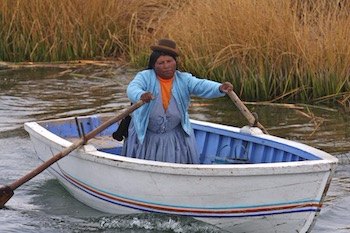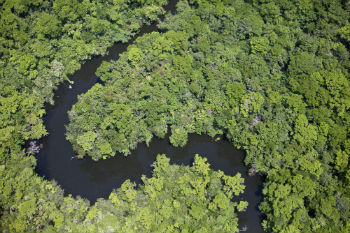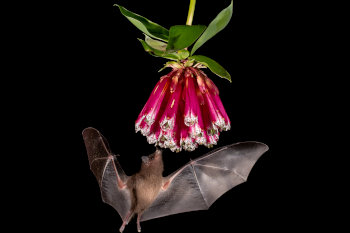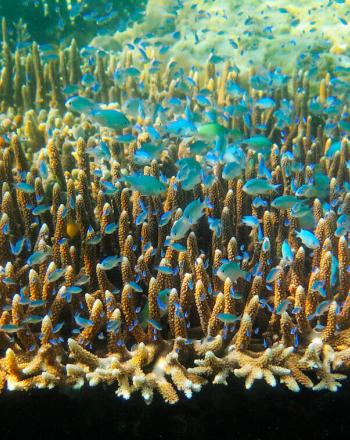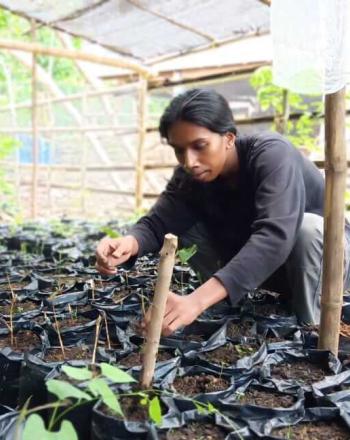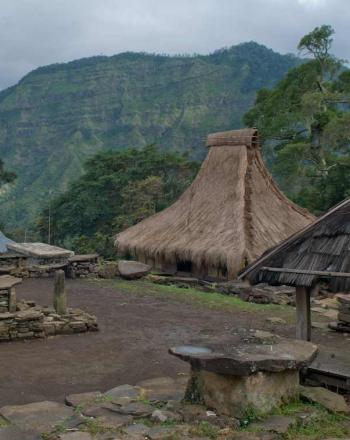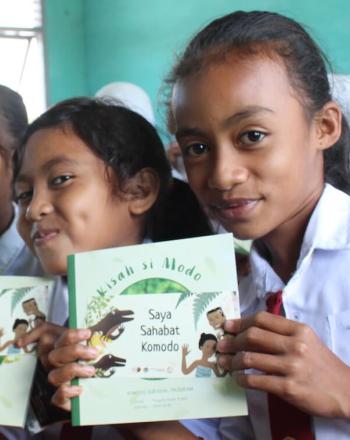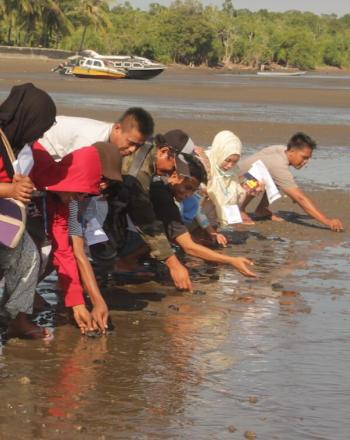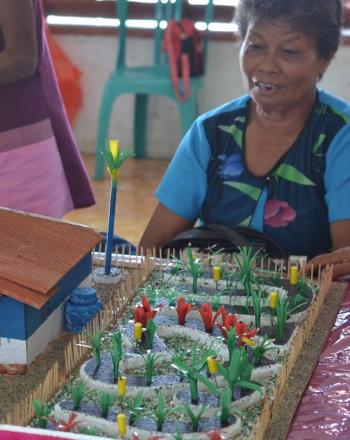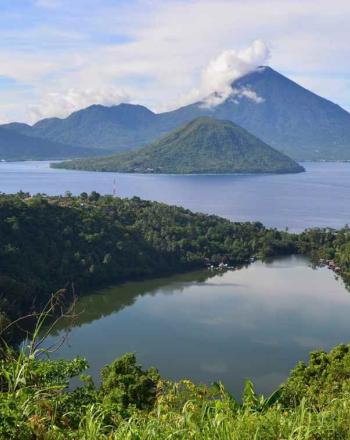Main menu
CEPF is a joint initiative of l’Agence Française de Développement, Conservation International, the European Union, Fondation Hans Wilsdorf, the Global Environment Facility, the Government of Canada, the Government of Japan and the World Bank. A fundamental goal is to ensure civil society is engaged in biodiversity conservation.
Visitez le site français コア情報の日本語翻訳を読むOr use Google Translate to translate the English site to your language:
GTranslate
Priority KBA
Priority Corridor
Other KBA
Other Corridor
Wallacea
Currently investing
Regional Implementation Team (RIT)
Burung Indonesia
Wahyu Teguh Prawira, RIT team leader
hibah.wallacea@burung.org
Investment
2020 to 2024
US$2.6 million
2014 to 2019
US$6.85 million
Eligible Countries
Indonesia
Ecosystem Profile
Updated Investment Strategy: Marine and Coastal Ecosystems, 2020
Ecosystem Profile, 2014
Ecosystem Profile Summary, 2014
Ecosystem Profile Summary Brochure, 2014
Stats
CEPF Strategy Strategy
About this hotspot About
Regional Implementation Team (RIT)
Burung Indonesia
Wahyu Teguh Prawira, RIT team leader
hibah.wallacea@burung.org
Investment
Dates:
2014 to 2019
Amount:
US$6.85 million
Eligible Countries
Indonesia
Ecosystem Profile
Throughout Wallacea, there has been a historical lack of investment in conservation, specifically, and economic development in general. To be relevant, CEPF must make grants that, while promoting conservation, support the economic growth agendas of the hotspot's two countries, Indonesia and Timor-Leste.
CEPF recognizes that local communities and their organizations are the ultimate custodians of Wallacea's biodiversity, but their levels of capacity vary widely. Thus, our strategy focuses on building this capacity through partnerships, networks and mentoring with national and international nonprofits, universities and private companies.
In geographies where customary institutions and management practices still prevail, CEPF takes an approach that supports these first, even if it means not creating formal protected areas.
CEPF grants prioritize the globally threatened species in the hotspot that require specific, immediate action to protect them from either collection or killing for consumption and trade.
First described by Alfred Russel Wallace in 1869, the Wallacea region supports a startling amount of biodiversity. More than half of the hotspot's mammals, 40 percent of birds and 65 percent of amphibians do not occur outside the hotspot. In addition, the region, along with neighboring New Guinea, has more marine species than anywhere else on the planet, forming the heart of the western Pacific area known as the "Coral Triangle."
Some 30 million people live in Wallacea, primarily along the coasts of the more than 1,680 islands found here. They earn their living primarily from farms, forests, wetlands and the sea. Like much of Indonesia, Wallacea reflects the mixing of numerous cultures over the ages—indigenous, Javan, Indian, Chinese, Polynesian, Portuguese, Arabian and Dutch among them—resulting in an interweaving of languages, religions and ethnicities. This is highly significant as governments and civil society make decisions that aim to balance economic growth with the protection of biodiversity.
